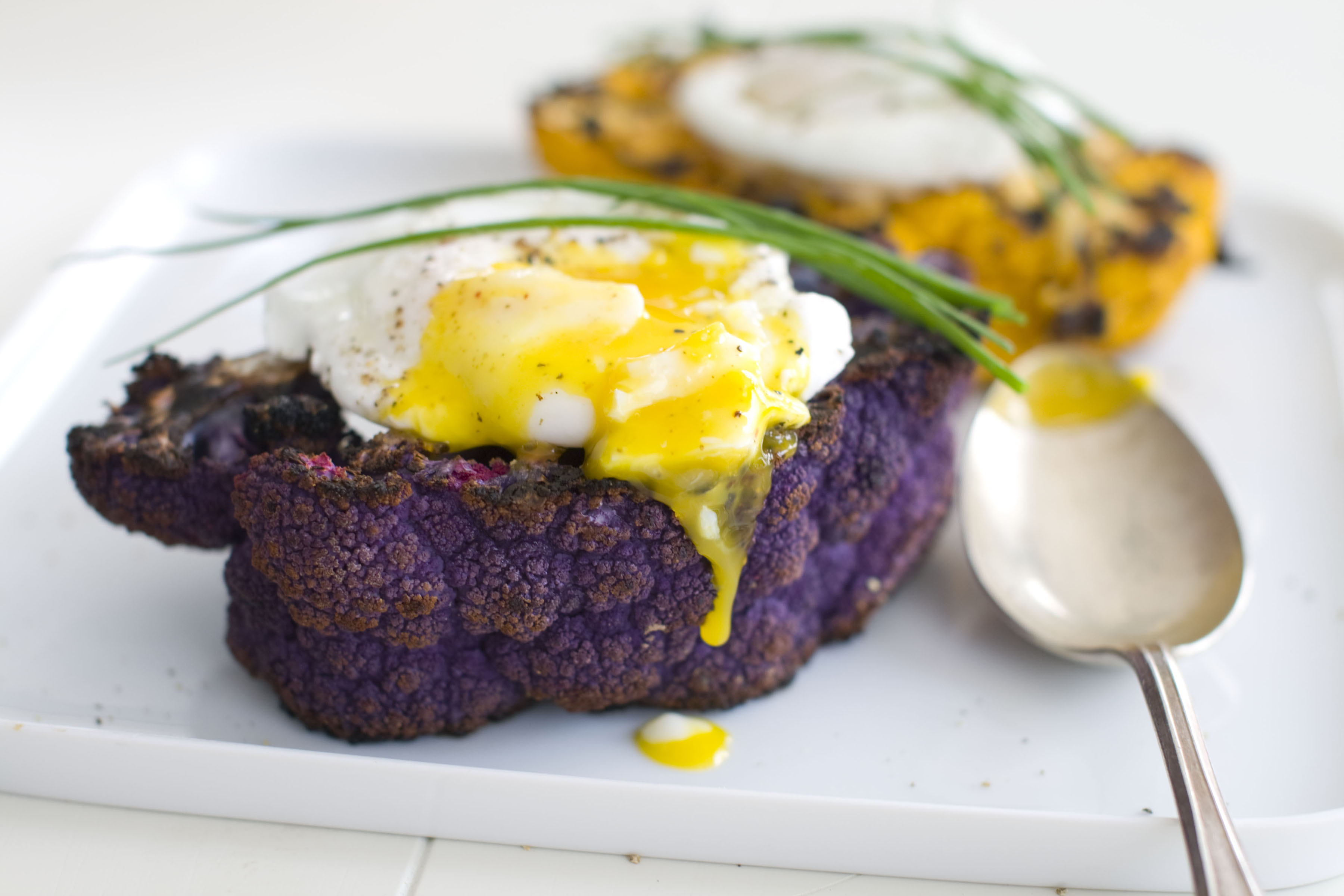WASHINGTON — There’s an easy way to squeeze in a portion of protein and swallow a serving of vitamins: Eat a brownie.
More specifically, eat one made with chickpea flour.
“You don’t have to be following a special diet to use chickpea flour,” says Camilla Saulsbury, author of “The Chickpea Flour Cookbook.” “If you’re looking for easy ways to get more protein into your diet, this is a fantastic way to get it in effortlessly.”
Chickpea flour is not new, and it’s not a fad. The flour, made from ground raw chickpeas, has been around for centuries, and is a staple ingredient in many European and Asian cuisines. But it’s recently started to gain more traction in pantries across the U.S. as a gluten-free alternative to all-purpose flour.
“It’s one of those ingredients that just happens to be gluten free, and it’s great for anyone who is following a gluten-free diet or needs to follow a gluten-free diet, but this is an ingredient that has been used for thousands of years,” Saulsbury says.
The fact that it packs in 22 grams of protein per cup — more than double the amount of whole-wheat flour and six times that of all-purpose flour — doesn’t hurt its reputation either. Chickpea flour is also high in fiber and rich in vitamin B6, iron, magnesium and potassium.
Saulsbury admits that chickpea flour does taste slightly different from traditional flours, “but once you combine it with other flavors — whether you’re doing a quick bread, like banana bread, or making pancakes — you don’t notice a chickpea flavor at all,” she says.
The flour is also more absorbent than standard baking flours, but Saulsbury says it’s still easy to manipulate and incorporate in your favorite sweet and savory recipes.
One of her favorite dishes to make is Farinata — an Italian flatbread that calls for three simple ingredients: chickpea flour, olive oil and water. Saulsbury pours the batter into a hot skillet and cooks it up in about 30 minutes. She says the bread is perfect for scooping up chunky ragùs or topping with pesto.
Another dish Saulsbury makes with chickpea flour is an eggless quiche.
“Because chickpea flour is so absorbent, you can use it as a substitute for eggs,” she says — making it a go-to ingredient for vegans.
“It sounds crazy, but it’s similar to the [Farinata] that it’s an even thinner batter, and you can add any of your favorite quiche fillings to it. It’s the most incredible, versatile recipe, and it’s perfect for lunches — especially when you make it in muffin cups.”
With more people aware of gluten sensitivities, or monitoring the amount of gluten they eat, alternative flours are easier than ever to find on grocery store shelves. However, often times, these bags of gluten-free flours come with a high price tag.
But not chickpea flour. Saulsbury says it’s a fraction of the price of other gluten-free alternatives, and many Asian grocery stores sell it for even less. If you can’t find it at the market, Saulsbury says chickpea flour is easy to make at home. All you need is a bag of dried chickpeas and a coffee grinder or food processor.
“I am always looking for frugal, high-quality options when I’m cooking.”
Interested in giving it a try? One easy place to start is with Saulsbury’s shortbread cookies — just in time for the holiday baking season.
The basic recipe calls for chickpea flour, butter, sugar and salt. She says you can add flavorings of your choice to the recipe, or even make thumbprint cookies with your favorite jam.
“It’s something that everyone’s going to be able to eat, everyone’s going to love and it’s super easy for you.”
Recipe: Cardamom Vanilla Shortbread
Courtesy “The Chickpea Flour” Cookbook
Ingredients:
- 2 1/2 cups chickpea flour
- 3/4 teaspoon ground cardamom
- 1/2 teaspoon fine sea salt
- 2 sticks (1 cup) unsalted butter, softened
- 1/2 cup natural cane sugar
- 2 teaspoons vanilla extract
- Line an 8-inch square pan with parchment paper, leaving a 2-inch overhang on two opposing sides. In a medium bowl, whisk together the flour, cardamom and salt.
- In another medium bowl, cream the butter and sugar together with a wooden spoon until completely blended and smooth; stir in the vanilla until blended. Stir in the flour mixture until a cohesive dough forms.
- Press the dough into the prepared plan. Tightly cover the pan with plastic wrap and refrigerate the dough for 1 hour or up to 24 hours.
- Preheat the oven to 325. Line a large baking sheet with parchment paper.
- Holding on to the parchment paper, lift the dough out of the baking pan and transfer to a cutting board. Cut it into 16 squares. Place the squares 2 inches apart on the prepared baking sheet.
- Bake for 15 to 20 minutes, until pale golden. Transfer the cookies directly onto a cooling rack to cool completely.






